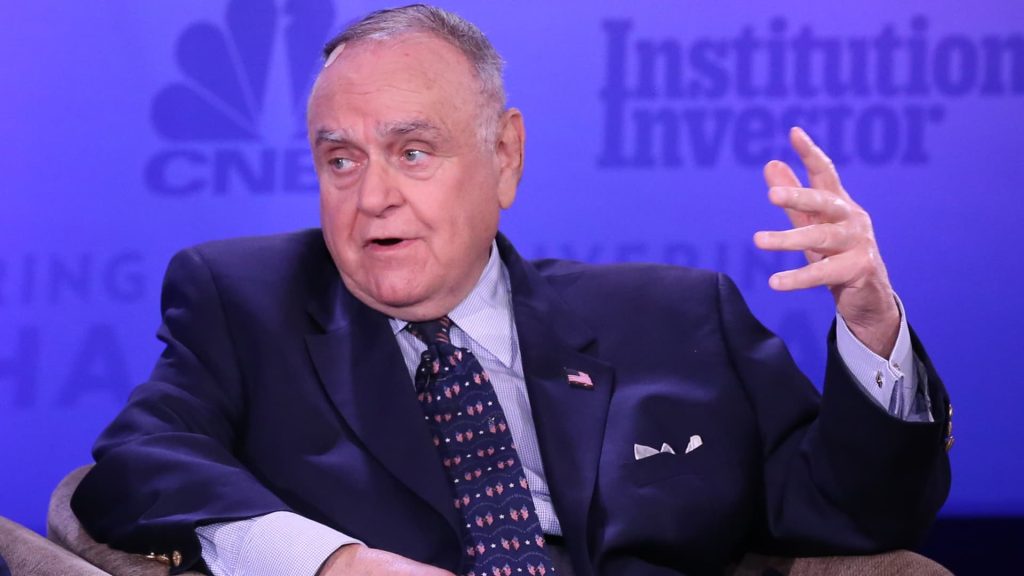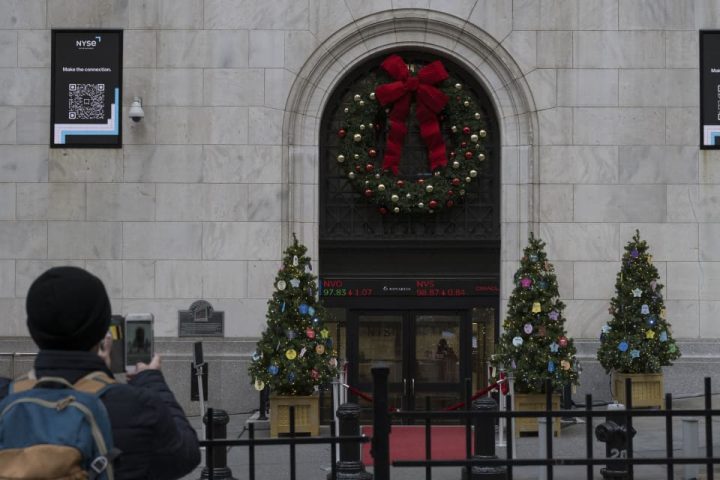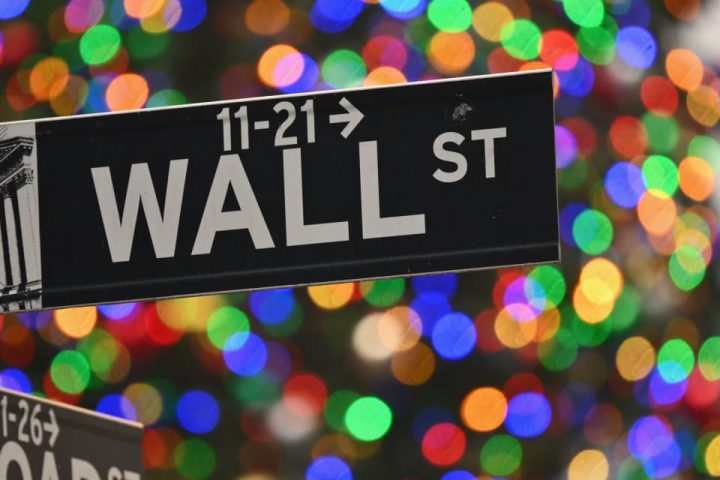Disney stock currently trades at $85 per share, about 58% below its pre-inflation shock high of about $202 seen on March 8, 2021. The sell-off has been driven primarily by Disney’s streaming business, which faces multiple headwinds. While Disney has invested considerably into the business, it remains deeply lossmaking, with its subscriber count in recent quarters declining amid mounting competition and the loss of crucial cricket streaming rights in India. Disney posted mixed results over Q3 FY’23 results, with revenue rising by 4% year-over-year to $22.3 billion, although adjusted earnings per share declined 6% to $1.03 per share. While Disney stock was trading at a low of about $84 in December, it recovered to about $110 by June 2023 due to the return of Bob Iger as CEO, although it has declined once again to $85, partly due to a settlement with Charter Communications
CHTR
Interestingly, DIS stock had a Sharpe Ratio of 0 since early 2017, which is lower than the figure of 0.5 for the S&P 500 Index over the same period. Compare this with the Sharpe of 1.2 for the Trefis Reinforced Value portfolio. Sharpe is a measure of return per unit of risk, and high-performance portfolios can provide the best of both worlds.
Returning to the pre-inflation shock level means that Disney stock will have to gain about 138% if the stock recovers from $85 currently to its pre-shock highs of $202 per share. While it’s possible that the stock may recover to those levels, we presently estimate Disney valuation to be around $113 per share, about 33% ahead of the current market price. While we believe that Disney is undervalued, we think that the upside for the company in the near term could be limited by slower subscriber growth on the streaming side due to mounting competition. Our detailed analysis of Disney’s upside post-inflation shock captures trends in the company’s stock during the turbulent market conditions seen over 2022. It compares these trends to the stock’s performance during the 2008 recession.
2022 Inflation Shock
Timeline of Inflation Shock So Far:
- 2020 – early 2021: An increase in money supply to cushion the impact of lockdowns led to high demand for goods; producers were unable to match up.
- Early 2021: Shipping snarls and worker shortages from the coronavirus pandemic continue to hurt the supply
- April 2021: Inflation rates cross 4% and increase rapidly
- Early 2022: Energy and food prices spike due to the Russian invasion of Ukraine. Fed begins its rate hike process
- June 2022: Inflation levels peak at 9% – the highest level in 40 years. S&P 500 index declines more than 20% from peak levels.
- July – September 2022: Fed hikes interest rates aggressively – resulting in an initial recovery in the S&P 500 followed by another sharp decline
- October 2022 – July 2023: Fed continues rate hike process; improving market sentiments help S&P500 recoup some of its losses
- Since August 2023: Fed keeps interest rates unchanged to quell fears of a recession, although another rate hike remains on the cards.
In contrast, here’s how DIS stock and the broader market performed during the 2007/2008 crisis.
Timeline of 2007-08 Crisis
- 10/1/2007: Approximate pre-crisis peak in S&P 500 index
- 9/1/2008 – 10/1/2008: Accelerated market decline corresponding to Lehman bankruptcy filing (9/15/08)
- 3/1/2009: Approximate bottoming out of S&P 500 index
- 12/31/2009: Initial recovery to levels before accelerated decline (around 9/1/2008)
Disney and S&P 500 Performance During 2007-08 Crisis
DIS stock declined from nearly $29 in October 2007 to $17 in March 2009 (as the markets bottomed out), implying that the stock lost over 40% of its value through the drawdown. However, the stock rebounded strongly to over $32 by early 2010. The S&P 500 Index saw a decline of 51%, falling from levels of 1,540 in September 2007 to 757 in March 2009. It then rallied 48% between March 2009 and January 2010 to reach 1,124.
Disney Fundamentals Over Recent Years
Disney’s revenues have risen from around $65 billion in 2020 to about $83 billion in 2022, as the company’s theme park business saw footfalls and average spending rebound as Covid-19 lockdowns were eased. Higher revenues from the streaming business have also contributed to topline growth. While the company posted a net loss of about $2.9 billion in 2020, as the theme park operations struggled amid the Covid-19 surge, net income picked up to $3.73 billion by 2022.
Conclusion
With the Fed’s efforts to tame runaway inflation rates helping market sentiment, Disney stock has the potential for gains once fears of a potential recession are allayed.
Invest with Trefis Market Beating Portfolios
See all Trefis Price Estimates
Read the full article here







